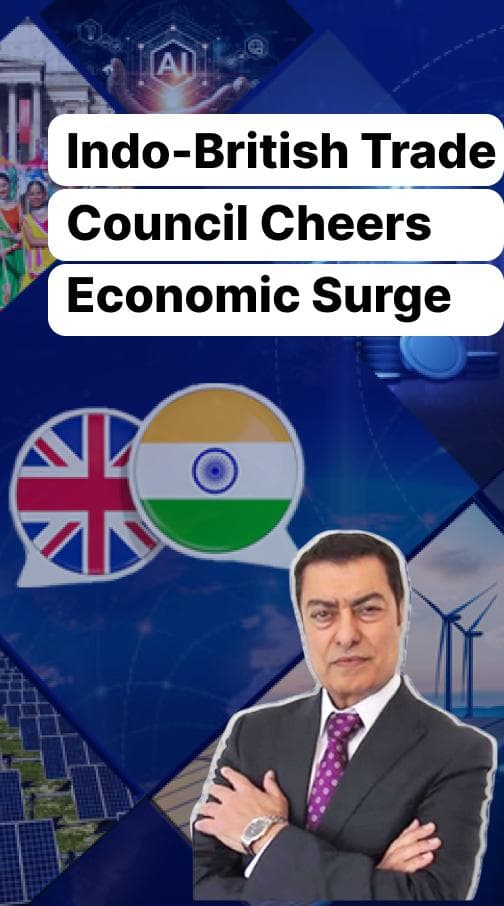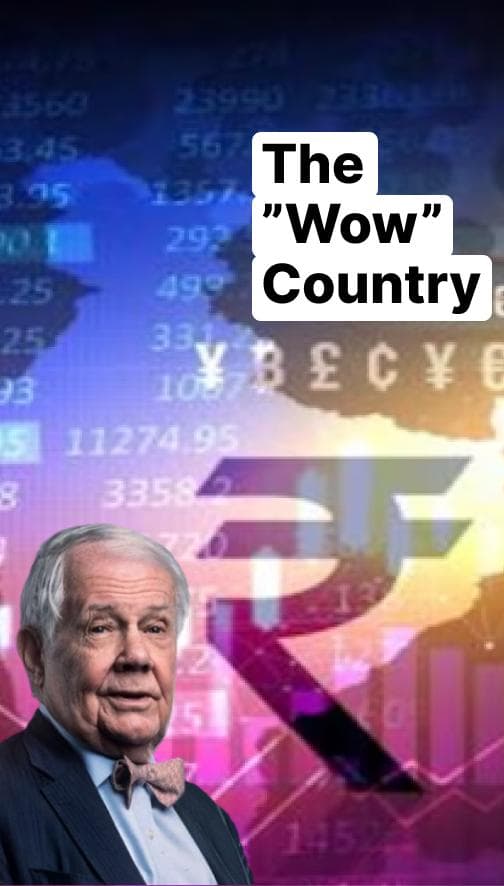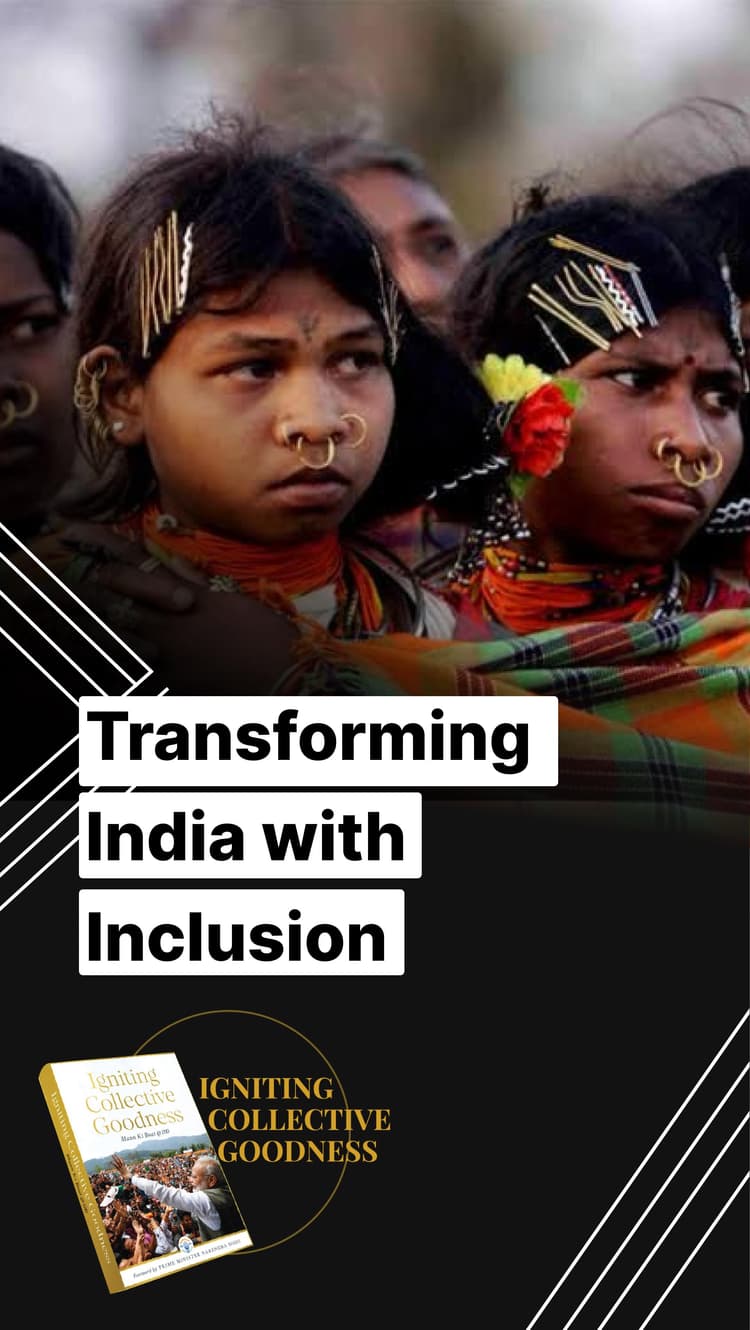India Sails to Global Maritime Prominence
Looking at diverse aspects of India’s Maritime vision set to pivot its rise globally

Daniel Stein is an Assistant Professor at O.P. Jindal Global University and a Maritime Law expert. Speaking with IndusLens, he discusses India's Long-term Blue Economy Blueprint, growing maritime economy and focus on security.
Q. How crucial and timely was the Global Maritime Summit and Blue Economy Blueprint launch for India?
At the Global Maritime India Summit in Mumbai, in October 2023, Prime Minister Narendra Modi unveiled a visionary blueprint for India’s blue economy. This comprehensive strategy, aligned with the development of the India Middle-East Europe Economic Corridor (IMEEC), could create a viable alternative to the Suez Canal and improve the global trade ecosystem. And years ago, a blockade in the Suez Canal disrupted global trade for weeks, highlighting the critical need for a robust port system and alternative maritime routes to reduce reliance on the precarious Suez Canal, ensuring India and other nations have safer, more dependable trade channels. This initiative comes timely amid geopolitical tensions in the Middle East and neighbouring sea regions and the urgent need for resilient trade channels.
The work on this blueprint and the IMEEC corridor will remove a lot of friction in trade and transportation between India, the Middle East, and Europe. The complexity of the economic aspect of maritime trade arises from the recognition that even though India's production is high, a significant part of it needs to go towards supporting the Indian population and economy. Therefore, as a rising exporting nation, India must identify which products it can export without affecting its domestic supply. Ports’ infrastructure and shortening routes will streamline transportation processes, especially for food products. However, as a rising exporter, India will need to find an economical balance between keeping enough stock of goods for itself and exporting.
Q. How is India looking at transforming maritime along with sustainability?
A notable aspect of the blueprint is its commitment to sustainability. Much like for the electric vehicle transition, charging stations need to be developed simultaneously with the rolling out of electric vehicles, for creating sustainable maritime infrastructure, a support system for transitioning ships needs to be developed in conjunction with the development of these ports. Since the International Maritime Organisation has been working on ensuring that each port has appropriate support systems for ships, India, looking to expand its role in the international shipping space, could look to IMO.
A bigger challenge for India would be transforming hundreds of thousands of smaller fishing vessels. For good reasons, economic and social, fishers receive subsidies on the diesel required to run their fishing vessels which provides them with food and livelihood. Scaling up initiatives like Kerala's programme to outfit older fishing vessels with newer engines that were sustainable alternatives could be a good starting point. Upgrading small fishing vessels, right from small coastal communities, is required and it will pay off significant environmental dividends for India.
Q. Is prioritising Gujarat ports and developing new and advanced ports a good strategic decision?
Having lived in Delhi, I have observed that a large Indian population lives in landlocked areas. Relying solely on the ports of Mumbai, Chennai, Calcutta, and Vishakhapatnam is no longer a feasible option for advancing Indian cities like Delhi, Gurgaon, and Noida, and states like Uttar Pradesh that are far from these ports. The Gujarat port can be a potential solution. Connecting Haryana, UP, Delhi manufacturing, and production industry with Gujarat instead of the further port of Calcutta could be a huge benefit. The development of a deep draft all-weather terminal at the Deendayal Port Authority in Gujarat will increase its capacity to become an international gateway for North India's industrial capacity. Utilising a town's potential and willingness to build will help India become an economy dealing with foreign products and foreign markets, and it would also take a lot of pressure off Indian metro cities. The Indian government's plan to create the development around trade and ports is a smart bet.
Q. How vital is the inclusion of inland water transportation development in the blueprint?
The inclusion of inland water transportation can significantly shape a new and exciting maritime commerce in India. It could also help to get trucks off the roads, reducing carbon emissions, and improving road safety and traffic. The Rhine River in Europe is a good example of how river transportation can bring prosperity to cities. Many cities across the world that are located along rivers have increased their capacity through river-based industries, trade, and transport. If India can ensure minimal emissions while moving up and down its extensive inland waterways system, it can have a big impact on traffic and emission numbers. Even if India can develop its inland waterways from 6 to 12% by 2047, as mentioned in the blueprint, it will make a significant impact on the domestic transport system.
Q. Can India become a top shipbuilding nation, merging innovation with sustainable recycling?
Until the 1960s, 70s, and 80s, shipbreaking and shipbuilding were essentially the same process. However, when they were decoupled, it became possible to do shipbreaking at a cheaper rate in India and other South Asian nations. Gujarat already has 12 kilometres of shipbreaking yards and is planning to expand it.
Since the shipbreaking ports in India already have the engineering capacity to deal with the ships and their parts, they could very well repurpose parts from shipbreaking for shipbuilding, as was done earlier. When a ship's life ends at 30, 40, or 50 years, many materials, like steel, could be repurposed to build a new ship, as they do not go bad. By building on the already present resources and space, India has the potential to become one of the top five nations in shipbuilding.
Q. What's your assessment of India's advancements in maritime security?
As an environmentalist, my primary concern for ocean security lies in the issue of overfishing and illegal, unreported, and unregulated (IUU) fishing. When foreign fleets come into the Indian Ocean and engage in activities such as overfishing, lying about their catch, and performing transshipments, it becomes a national security concern. This problem largely went unnoticed until a Chinese ship got caught in a storm and had to dock at an Indian port, which opened India’s eyes to this rising issue. In recent years, India has partnered with the Navies of the United States and Australia to reduce IUU fishing. Addressing this problem helps to maintain a healthy ocean ecosystem, which is beneficial not just for the environment but also for the fishers of resident nations. A High Seas Treaty has been ratified and is currently waiting for enough signatures to come into force. It will establish rules and regulations around economic and research activities on the high seas, which will transform the way we use the ocean and be critical in preserving the ocean's ecosystem and its resources for future generations.
India has taken an active role in maritime national security, particularly in defence over the last decade. At the G20 summit hosted by India in 2023, the nation prioritised becoming a leader for the global south and seeking collaboration with Eastern African countries and smaller Pacific island nations to enhance maritime security. India's foreign policies and geography make it a crucial part of the Indian Ocean region. India's ability to offer capacity building for other nations in the region, its first-hand understanding of the area's concerns, and the trust it receives from other nations has positioned it well to lead and transform maritime security in the Indian Ocean and Indo-Pacific.
Note: The responses have been summarised and edited from the interview. The article will soon be updated to feature the interview video.

Daniel Stein 🇺🇸
Deep Dive
Goal Setting: PM Modi announced a target of utilising investments worth Rs 80 trillion over the next 25 years to make the Blue Economy vision a reality
Investment Attraction: India secured over Rs 10 lakh crores of investments within three days of the unveiling of the Maritime Amritkaal Vision 2047
Budget Ready: India’s Budget 2024-25 lines announced ‘Blue Economy 2.0’ to improve aquaculture ecosystem and economic growth


































